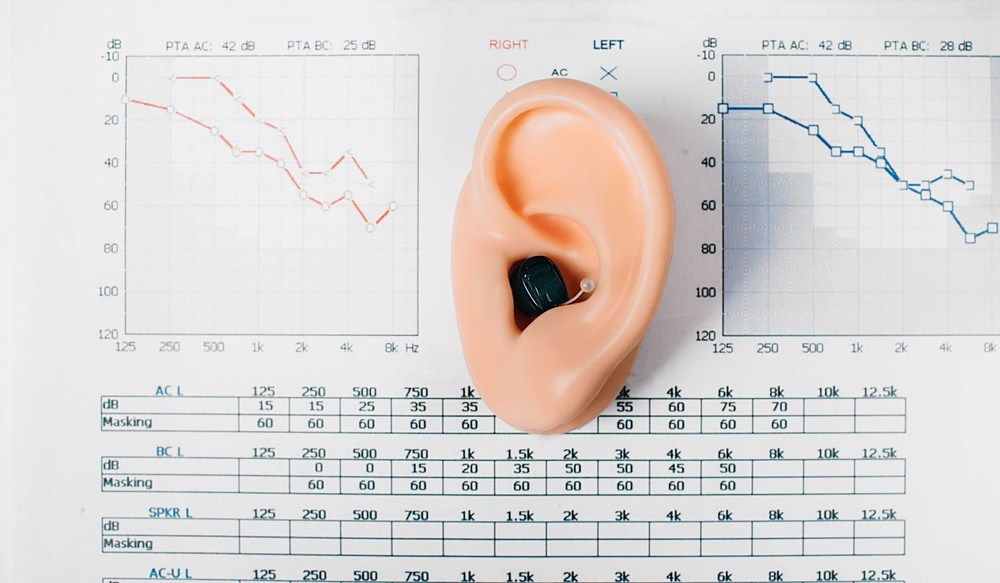The Importance of Regular Hearing Check-ups with Professionals
You’re probably aware of the need for bi-annual dentist

A hearing aid fitting gives you the opportunity to learn about your devices. At the fitting, you can ask questions and find out all about your new hearing products. At the very least, you will learn how to put hearing aids in and take them out to advanced features like programming. But what else can you learn from a hearing aid fitting?
Picking out your hearing aids is a very personal experience, and there are usually many options to choose from. If you haven’t worn hearing aids before, it can be difficult to choose the right hearing aid without learning about the different styles, and there is an adjustment period to get used to wearing your hearing aids. Your hearing health professional will guide you through wearing your devices correctly and show you the different types, like behind-the-ear (BTE) and in-the-ear (ITE) devices.
During your hearing aid fitting, your hearing health professional will show you how to properly insert and remove your hearing aids. They will guide you step-by-step, making sure you understand the process and feel comfortable doing it on your own. Learning the correct technique is important to ensure a secure fit and avoid any discomfort. This hands-on practice during the fitting gives you the confidence to manage your hearing aids effectively in your day-to-day life.
Today, some modern devices come with advanced features like digital noise reduction, directional microphones and even Bluetooth connectivity for listening to music and watching TV! When you attend a hearing aid fitting, your hearing health professional will talk to you about the different features of the device you choose and will demonstrate how to use them. This is vital for getting the most out of the hearing aid you have chosen.
Most hearing aids need to be programmed to work effectively. This process helps adjust the settings to match your hearing needs. Proper programming ensures you get the right sound levels, so things aren’t too noisy or too soft, and it helps reduce feedback. It’s also useful for different situations, like watching TV or attending a concert, where you may need different sound adjustments.
One important thing your hearing health professional will discuss is how to clean your hearing aids. Since hearing aids are worn in or behind the ear, they can collect dirt, skin cells and hair, which may affect their performance. If not cleaned regularly, these blockages can cause hearing aids to work poorly and even lead to damage over time.
You will learn how your devices work at a hearing aid fitting and how to maintain them. Don’t be afraid to ask questions, your hearing health professional will answer any question you have about your hearing aid or your hearing loss. If you want to learn more schedule an appointment with a hearing health professional.

You’re probably aware of the need for bi-annual dentist

Choosing the right hearing aids is an important decision that can affect

A sudden loss of hearing is often noticeable right away, whether it’s